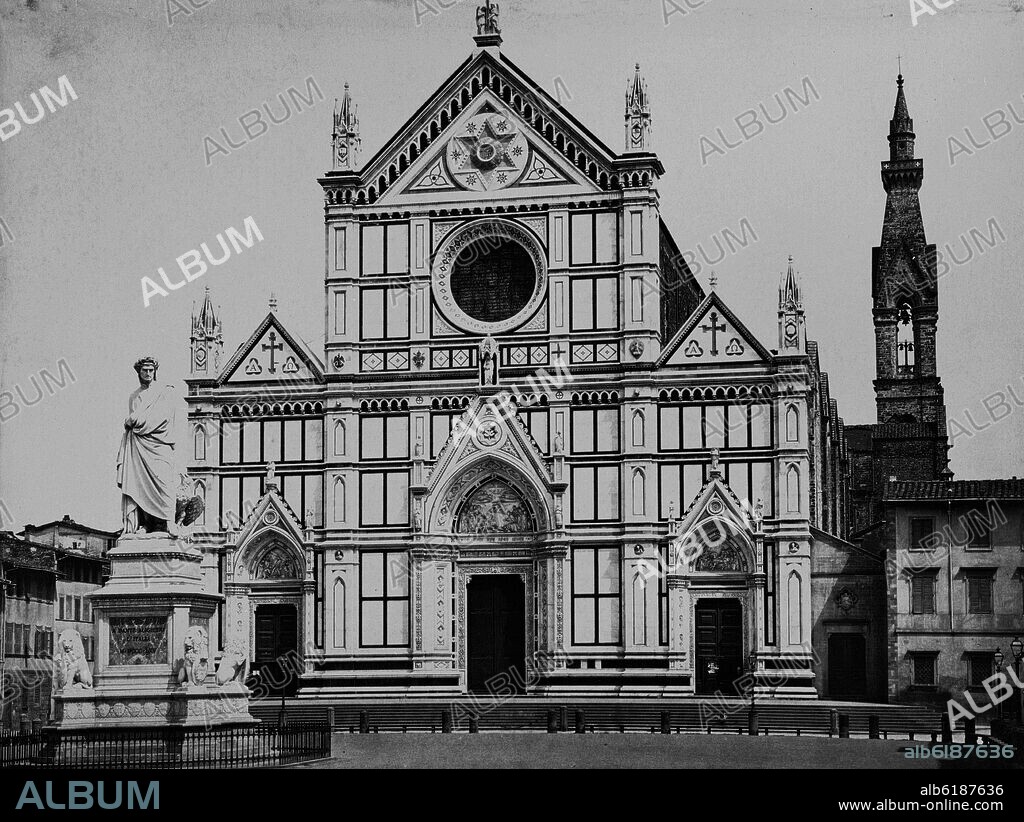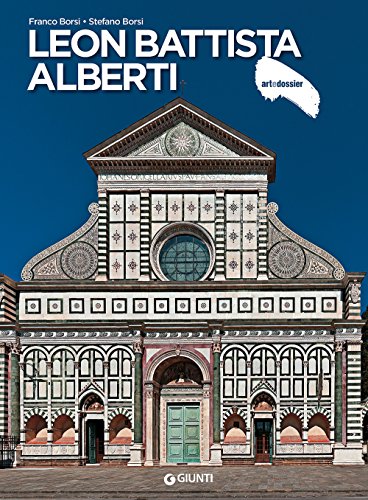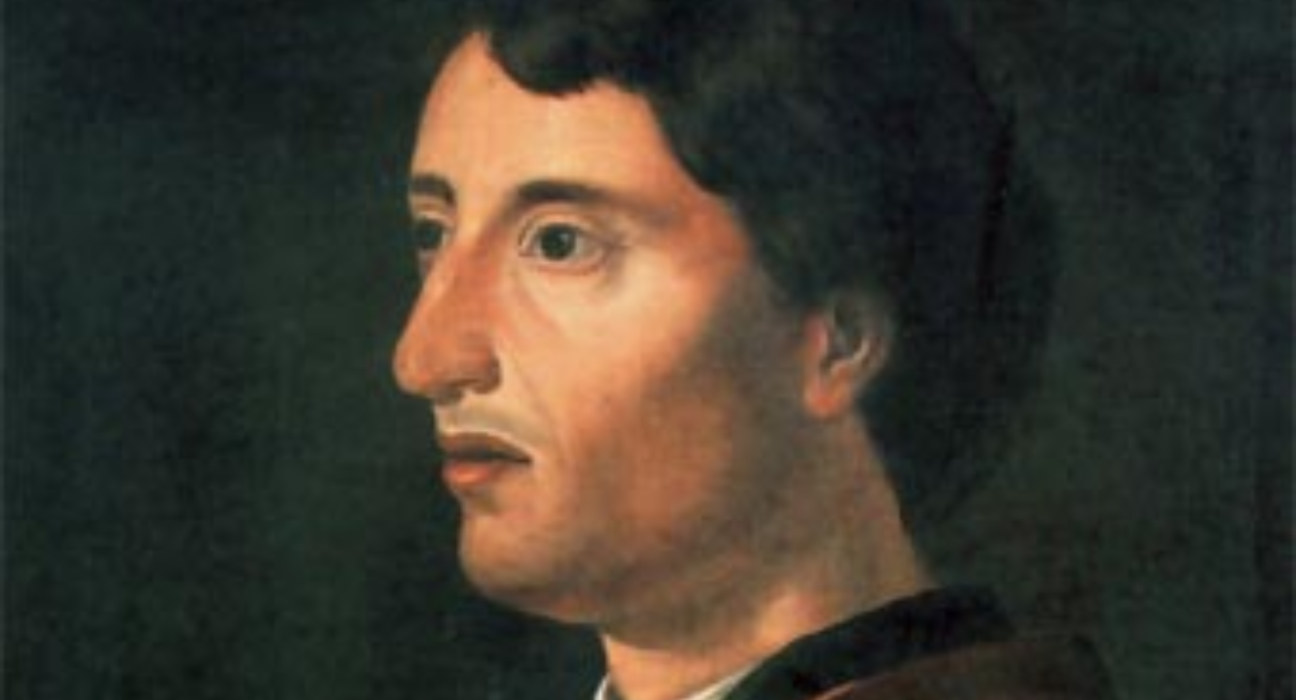Leon Battista Alberti was not just an architect; he was a visionary who carved out a new identity for art and human expression during the Renaissance. His contributions span across architecture, philosophy, and the humanities, making him a figure whose influence resonates to this day. His work encapsulates the essence of the Renaissance—a time marked by a resurgence in human creativity, intellectual pursuit, and a reimagining of the relationship between humanity and the world around them.
Architectural Innovations and Theoretical Foundations

Alberti’s architectural philosophy redefined the principles of design and aesthetics. His seminal work, De re aedificatoria, serves as both a theoretical backbone and a practical guide for architects even today. Through his writings, Alberti offered a blend of artistic vision and scientific inquiry that laid the groundwork for modern architecture.
The Convergence of Art and Science

Alberti firmly believed that architecture is a synthesis of art and science. He introduced the concept of lineament, which emphasizes the importance of lines and structure in achieving aesthetic beauty. This integration allows buildings to communicate not just visually but also conceptually, creating a dialogue between geometry and spirituality.
The intricacies of lineament are evident in his designs, where every curve, angle, and proportion contributes to a larger narrative. This narrative resonates with the viewer on multiple levels—emotionally, intellectually, and spiritually. By viewing architecture through this dual lens, Alberti invites us to consider the deeper implications of space and form in our lives.
Proportion and Harmony: The Music of Architecture

In Alberti’s eyes, architecture is akin to music; it requires harmony and balance to resonate effectively. He meticulously studied proportions, much like a composer who arranges notes to create a symphony. Each element within a structure must complement the others, forming an integrated whole that evokes a sense of beauty and order.
When walking through a space designed by Alberti, one can feel the careful orchestration of elements working together. These spaces create a sensory experience that transcends mere utility, offering a profound connection to the human experience. This interplay between structure and emotion remains relevant in contemporary architectural practices, where designers strive to create environments that foster well-being and inspiration.
Architectural Masterpieces

Among Alberti’s most notable works is the Church of Sant’Andrea in Mantua. A brilliant exemplification of his architectural tenets, this building reflects not only technical prowess but also a deep understanding of context, function, and symbolism.
Every aspect of Sant’Andrea embodies Alberti’s philosophy—its façade speaks to the grandeur of faith, while its interior invites moments of introspection. The use of light, space, and proportion transforms the church into a sacred haven, allowing individuals to engage with the divine in a profoundly personal manner.
Similarly, the Tempio Malatestiano in Rimini showcases how Alberti could intertwine cultural narratives with architectural forms. This structure serves as a reminder of the socio-political climate of the time, merging historical significance with artistic expression. Through these masterpieces, Alberti articulated a vision of architecture that continues to inspire generations of creators.
Humanism and Philosophical Underpinnings

Leon Battista Alberti was more than an architect; he was a humanist whose philosophical outlook shaped the trajectory of modern thought. His reflections on humanity and society provide valuable insights into the nature of existence, identity, and community.
The Individual as Central to Society
A core tenet of Alberti’s humanist philosophy is the elevation of the individual. He emphasized the importance of personal agency in shaping societal values and norms. This idea posits that individuals possess the potential to contribute meaningfully to their communities, thus enriching collective life.
By recognizing the individual’s role in society, Alberti paved the way for later thinkers to explore concepts of personal freedom and responsibility. It is a fascinating exploration that resonates today, as we grapple with issues of individuality in a rapidly changing world. How do our unique experiences shape the collective narrative? Alberti’s thoughts encourage us to consider our place within a broader tapestry of human existence.
The Relationship Between Humanity and Space
Alberti’s writings delve into the reciprocal relationship between humans and their environment. He argued that architecture should reflect human needs and aspirations, thereby enhancing the quality of life. This perspective aligns with contemporary discussions on sustainable design and urban planning, wherein the focus shifts from mere construction to creating spaces that foster community engagement and environmental stewardship.
Imagine strolling through a cityscape designed with Albertian principles; every park, street, and building would invite interaction and reflection. Spaces become extensions of ourselves, influencing our behavior and emotions. This consideration of spatial dynamics underscores the importance of thoughtful design in cultivating healthy societies.
The Impact of Humanism on Art
Alberti’s views on humanism extended beyond architecture into various fields, including painting and literature. His ideas prompted artists to adopt a more human-centered approach, prompting a shift from purely religious themes towards a celebration of human experience.
This transformation gave rise to iconic masterpieces that illustrate the human condition in all its facets—joy, suffering, love, and conflict. Artists began to explore the complexities of human emotions and relationships, paving the way for a new age of artistic expression. Through Alberti’s lens, art became a powerful vehicle for communication, enabling individuals to connect with one another across time and space.
The Interconnectedness of Disciplines

One of Alberti’s most significant contributions is his capacity to bridge diverse disciplines. His works highlight the interconnection between architecture, art, philosophy, and science, creating a holistic framework for understanding the world.
The Synergy of Knowledge
Alberti’s expansive knowledge allowed him to synthesize ideas from various fields, resulting in innovative approaches to problem-solving. He recognized that no discipline exists in isolation; rather, they interplay and inform each other in dynamic ways.
This interdisciplinary approach is increasingly relevant in today’s world, where complex challenges demand collaborative solutions. By championing cross-disciplinary learning, Alberti encourages us to break down silos and engage with a multitude of perspectives, fostering creativity and innovation.
Influence on Subsequent Generations
Alberti’s legacy extends to countless artists, architects, and thinkers who have drawn inspiration from his work. The Renaissance itself became a cradle for creativity—a movement characterized by bold experimentation and a thirst for knowledge.
Artists like Leonardo da Vinci and Michelangelo were profoundly influenced by Alberti’s theories, integrating his principles into their own works. The ripple effects of his ideas extended well beyond the Renaissance, informing Enlightenment thinkers and shaping the development of modern philosophy.
A Holistic Approach to Creativity
Alberti’s belief in the interconnectedness of disciplines invites us to embrace a holistic approach to creativity. He argues that true innovation arises when diverse ideas coalesce, leading to solutions that are greater than the sum of their parts.
This comprehensive view encourages us to look beyond the confines of traditional categories, embracing a worldview that recognizes the richness inherent in complexity. As we navigate the challenges of our era, this mindset can empower us to forge new paths toward understanding and collaboration.
The Timeless Relevance of Alberti’s Ideas
Leon Battista Alberti’s contributions remain timeless, continuing to inspire contemporary thinkers and creatives alike. His explorations of humanism, architecture, and the interconnectedness of disciplines are as pertinent today as they were during the Renaissance.
The Pursuit of Knowledge and Understanding
In an age marked by rapid change and technological advancements, Alberti’s emphasis on the pursuit of knowledge remains critically important. His work encourages us to seek understanding, not just for its own sake, but as a means of enhancing life for ourselves and others.
By prioritizing education and critical thinking, we cultivate a society capable of addressing the multifaceted challenges we face. This pursuit of knowledge is a shared human endeavor—one that transcends cultural boundaries and fosters empathy among diverse peoples.
A Reflection on Identity and Community
Alberti’s perspectives compel us to reflect on our identities and the communities we inhabit. As we navigate a world increasingly defined by globalization and digital interactions, his ideas prompt us to consider what it means to belong and how we can contribute positively to our surroundings.
Thoughtful design and community engagement are crucial in fostering environments where individuals feel valued and connected. By applying Alberti’s principles, we can forge spaces that prioritize inclusivity, resilience, and well-being.
Innovation through Collaboration
Finally, Alberti’s belief in the power of collaboration underscores the necessity of interdisciplinary efforts in solving today’s complex problems. In a world where the challenges we face often transcend individual disciplines, his insights serve as a guide for navigating uncertainty.
By fostering collaboration across fields, we can harness the collective wisdom of diverse perspectives, leading to innovative solutions that benefit all. This approach not only enhances creativity but also builds a strong foundation for a bright future.
Conclusion

Leon Battista Alberti embodies the spirit of the Renaissance—a period that celebrated human potential, creativity, and the pursuit of knowledge. His ideas have transcended time, influencing architecture, art, philosophy, and the very fabric of human connection.
In examining the life and work of Alberti, we recognize the enduring relevance of his contributions. His visionary perspective encourages us to embrace the complexity of existence, advocate for the individual, and pursue a holistic understanding of creativity. As we continue to navigate an ever-evolving world, let us draw inspiration from Alberti’s legacy, forging paths that honor the interconnectedness of our disciplines and our shared humanity.
✉️ Stay Connected — Subscribe for Weekly Updates
Discover timeless stories, practical wisdom, and beautiful culture — delivered straight to your inbox.
*We only share valuable insights — no spam, ever.






